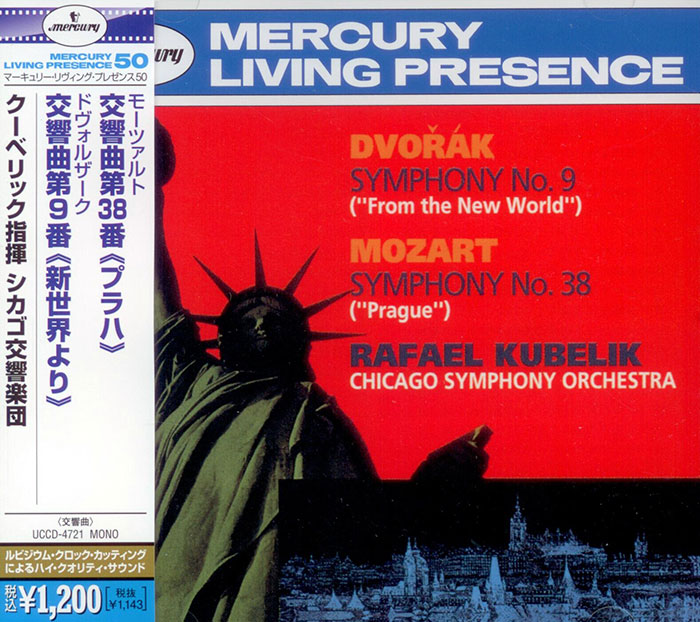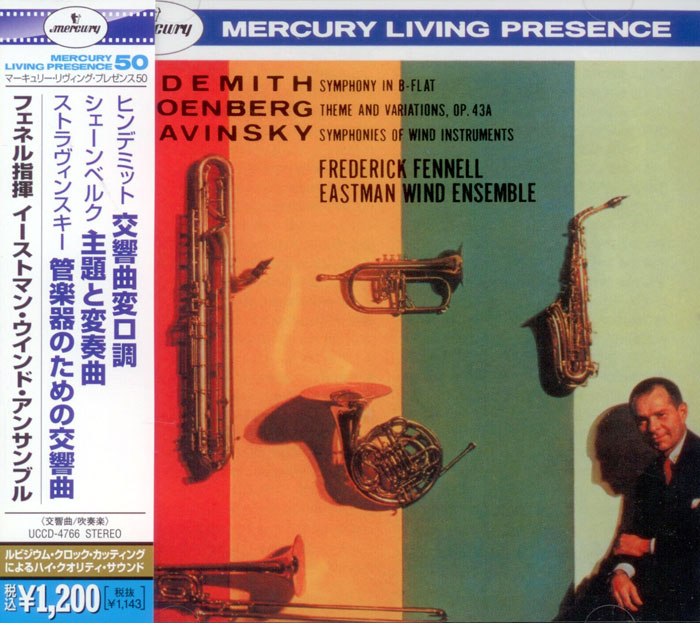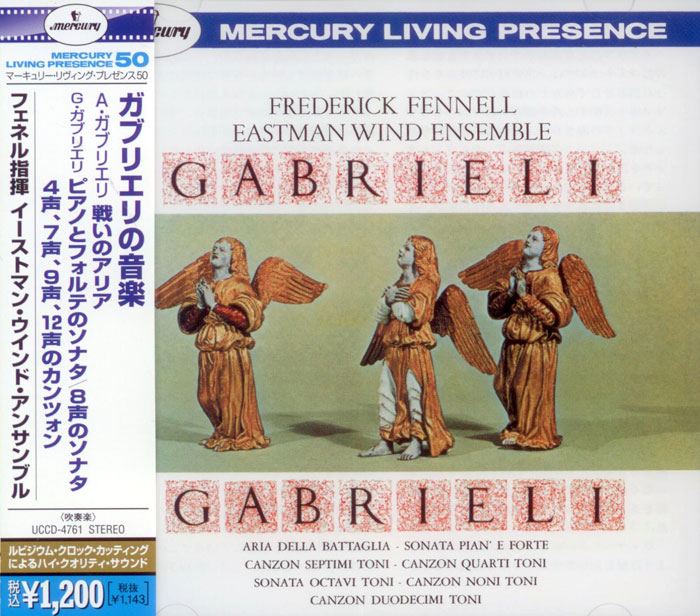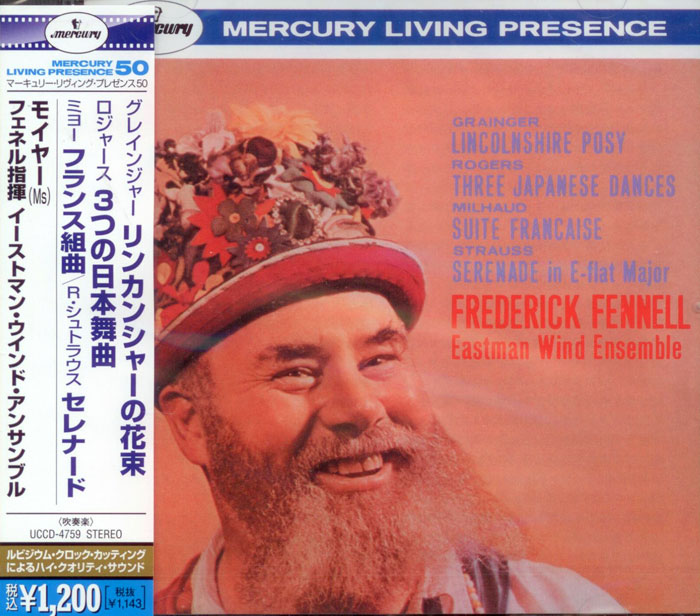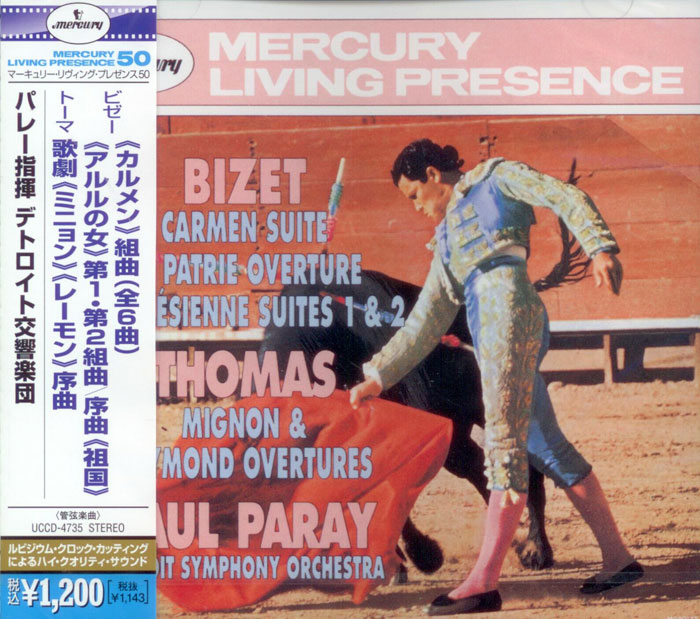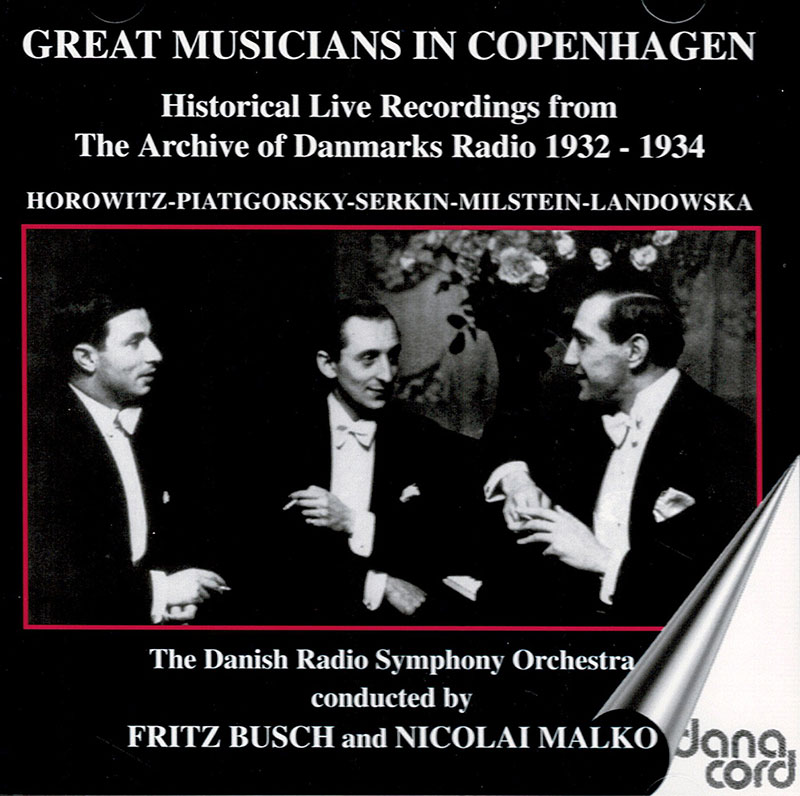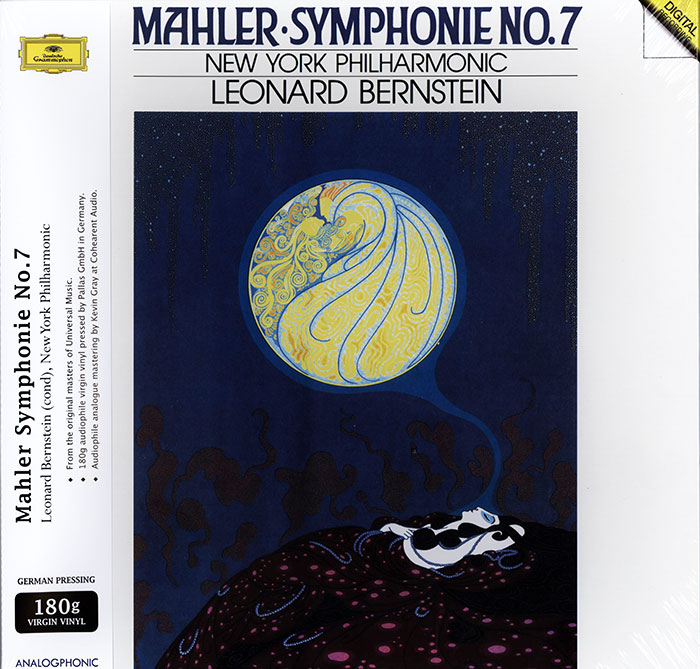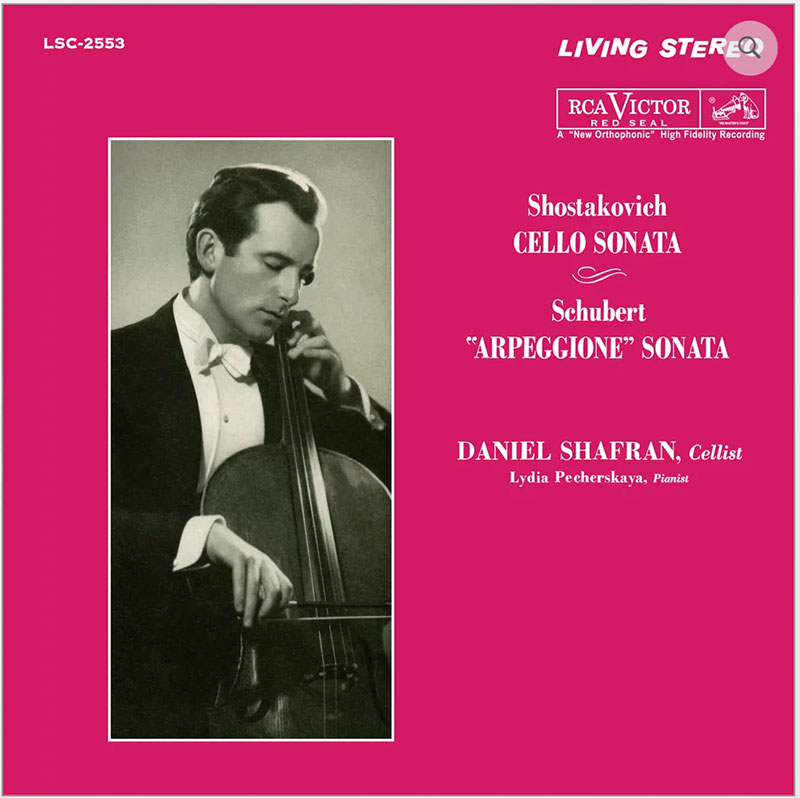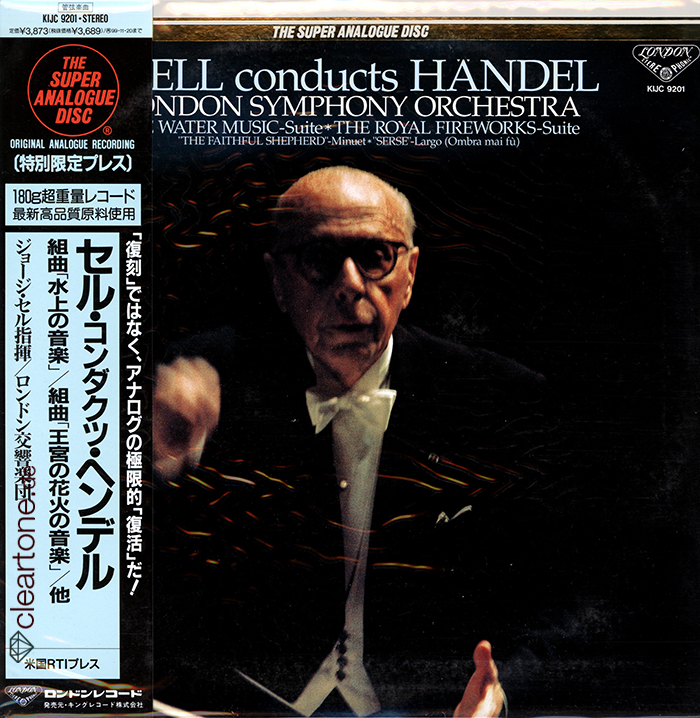Logowanie
Dlaczego wszystkjie inne nie brzmią tak jak te?
Chai Lang, Fan Tao, Broadcasting Chinese Orchestra
Illusive Butterfly
Butterly - motyl - to sekret i tajemnica muzyki chińskiej.
Brzmią jak sen na jawie
KHACHATURIAN, SHOSTAKOVICH, Antal Dorati, Stanislaw Skrowaczewski, The London Symphony Orchestra
Gayne / Symphony No. 5 in D minor, Op. 47
Stanisław Skrowaczewski,
Winylowy niezbędnik
ClearAudio
Cartridge Alignment Gauge - uniwersalny przyrząd do ustawiania geometrii wkładki i ramienia
Jedyny na rynku, tak wszechstronny i właściwy do każdego typu gramofonu!
ClearAudio
Harmo-nicer - nie tylko mata gramofonowa
Najlepsze rozwiązania leżą tuż obok
IDEALNA MATA ANTYPOŚLIZGOWA I ANTYWIBRACYJNA.
Osobowości
SKROWACZEWSKI, Stanislaw Skrowaczewski, Minnesota Orchestra
Concerto Nicolo for piano left hand and orchestra
WORLD PREMIERE!
MAHLER, Leonard Bernstein, New York Philharmonic
Symphonie No. 7
- Leonard Bernstein - conductor
- New York Philharmonic - orchestra
- MAHLER
EDYCJA LIMITOWANA
It has been said that Leonard Bernstein was always searching for immortality and in the music of Gustav Mahler, he found it. No matter how much you acknowledge the mythification of these two great musicians, the recorded legacy that Bernstein has left behind simply corroborates the special connection he had to Mahler's music. Mahler's symphonic forms are massive, and without proper guidance they can seem aimless. This is especially true of the 7th symphony, which has baffled musicologists and conductors alike. Bernstein and the New York Philharmonic, perhaps feeling the presence of Mahler himself--he too conducted this orchestra--imbue the symphony with passion, sarcasm, irony, triumph and chaos, letting contrasting emotional ideas flow into each other like meandering thoughts. The symphony is shaped like an arch, with the central scherzo being the most important. Bernstein creates a chamber music atmosphere in the inner three movements, thereby allowing the last movement to be an answer to the first. To perform Mahler well is to see the end from the beginning, the way a sculptor must see the image trapped inside a block of marble. This recording is one of Bernstein's many artistic masterpieces. "No one quite approaches Bernstein's account of [the third] movement in his recent New York recording for DG." -- Gramophone [8/1987] "I sorely miss the fevered brow of Bernstein (DG)... [T]he Rondo-Burleske...could still be leaner and meaner a la Bernstein (DG)..." -- Gramophone [10/1992, reviewing other recordings of the Mahler Seventh] "Bernstein (DG) had the right idea in treating [the first movement] more as a kind of Charles Ivesian collage—making a virtue out of anarchy, if you like. The symphony sounds more extraordinary in his hands." -- Gramophone [3/1996} Leonard Bernstein - w naszej ofercie







